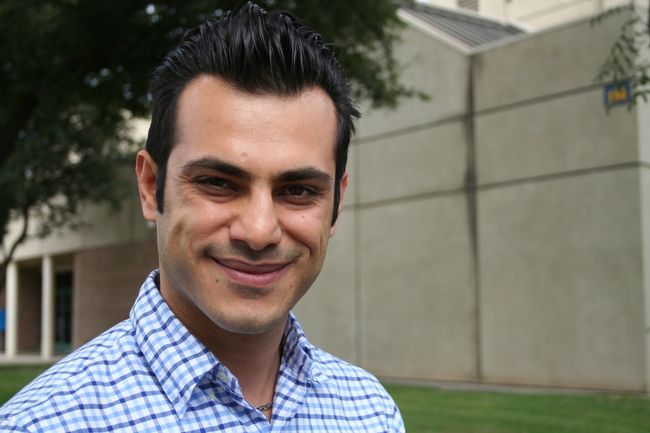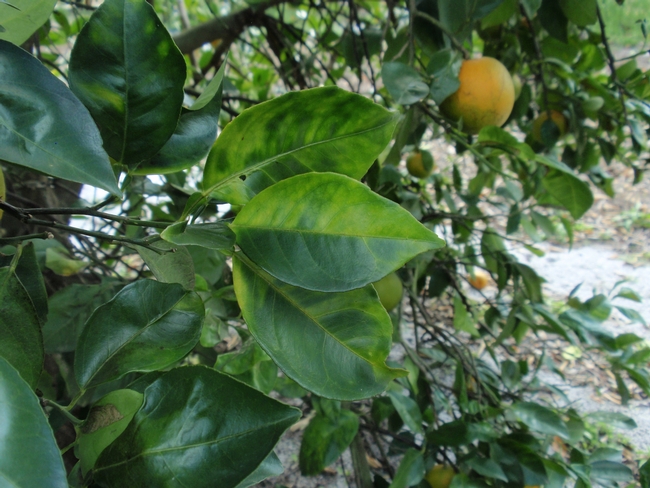New Huanglongbing detection process wins UC advisor international prize
Newly appointed UC Cooperative Extension agricultural engineering advisor Alireza Pourreza has been awarded the 2016 Giuseppe Pellizzi Prize by the Club of Bologna, an honor presented every other year to the best doctoral dissertations focused on agricultural machinery and mechanization. The Club of Bologna is a world taskforce on strategies for the development of agricultural mechanization.
Pourreza, who earned his Ph.D. at the University of Florida in 2014, worked on early detection of Huanglongbing disease of citrus. Huanglongbing, an incurable disease that is spread by Asian citrus psyllid, has seriously impacted citrus production in Florida. The disease has been found in commercial and residential sites in all counties with commercial citrus.
Early detection allows growers to remove infected trees before the disease can spread to healthy trees. Currently HLB infection is confirmed when leaves with yellowing and blotches are submitted for PCR testing, which is expensive and time consuming. However, the yellowing can be also symptomatic of other conditions, such as nutrient deficiency.
“We discovered we could see the symptoms of Huanglongbing using a camera, a set of cross-polarizers and narrow band lighting before it is visible to the human eye,” Pourreza said.
He said the yellow blotches on HLB-infected leaves are caused by starch accumulation.
“If we could detect abnormal levels of starch in the leaf, we could tell it is affected with HLB,” Pourreza said. “Starch showed the ability to rotate the polarization plane of light. We used this optical characteristic to develop the sensing methodology.”
Pourreza said the team has patented the technique and is working on developing a commercial product. He is seeking funding to continue the research in California, where, to date, HLB has only been detected in isolated Los Angeles neighborhoods. Asian citrus psyllid is found in important California commercial citrus production regions from the Mexican border to as far north as Placer County.
Pourreza is based at the UC Kearney Agricultural Research and Extension Center in Parlier.


